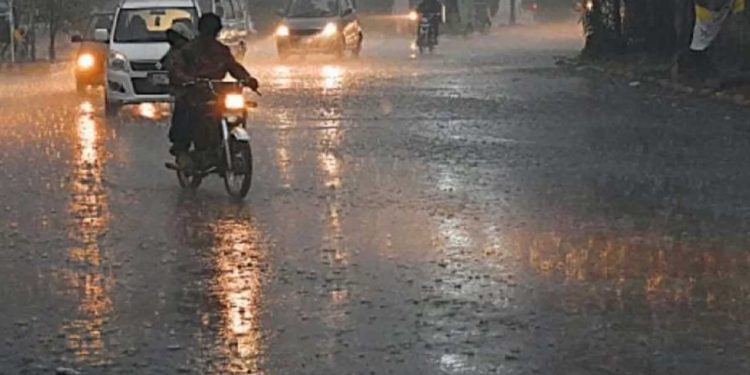Lahore has shattered a 44-year-old rainfall record, resulting in widespread flooding and significant disruptions across the city. The unprecedented heavy downpour has inundated homes, submerged roads and highways, and even reached the emergency wards of hospitals, presenting severe challenges for patients and healthcare providers.
The Meteorological Department reported that Tajpura received an astonishing 315 millimeters of rainfall, while Lahore Airport recorded the highest at 337 millimeters. Other areas in the city also experienced substantial rainfall, including Nishtar Town with 250 millimeters, Pani Wala Talab with 226 millimeters, Johar Town with 220 millimeters, and Gulshan Ravi with 210 millimeters.
This heavy rainfall has led to the tripping of over 400 feeders across Lahore, causing widespread power outages. The Lahore Electric Supply Company (LESCO) has stated that restoration efforts will commence once the rain subsides, aiming to alleviate the power disruptions affecting the city.
In addition to Lahore, several other cities in Punjab, including Sheikhupura, Kasur, Pakpattan, Sargodha, Jhelum, Murree, Rawalpindi, and Islamabad, have also experienced heavy rainfall. This has led to flooding in low-lying areas, exacerbating the challenges faced by residents and local authorities.
The recent deluge follows a significant rainfall event last month, where Lahore broke a 30-year-old record. The continuous heavy rains have strained the city’s infrastructure and emergency response capabilities, highlighting the urgent need for improved flood management and preparedness measures.
According to the Meteorological Department, the monsoon rains are expected to persist across Pakistan until August 6. This prolonged period of heavy rainfall raises concerns about further flooding and disruptions, prompting authorities to remain on high alert and take necessary precautions to ensure the safety and well-being of residents.
The record-breaking rainfall in Lahore underscores the impact of climate change and the importance of robust urban planning and infrastructure development to mitigate the effects of extreme weather events. As the city and surrounding regions continue to grapple with the consequences of this unprecedented downpour, the need for coordinated efforts and effective disaster management strategies becomes increasingly evident.













